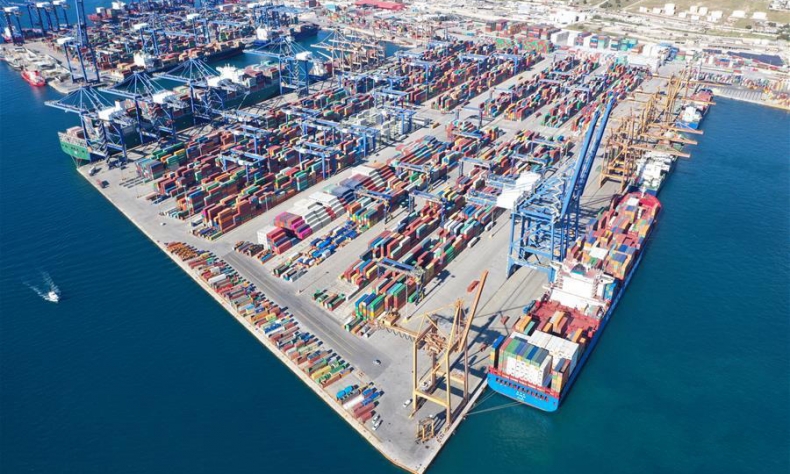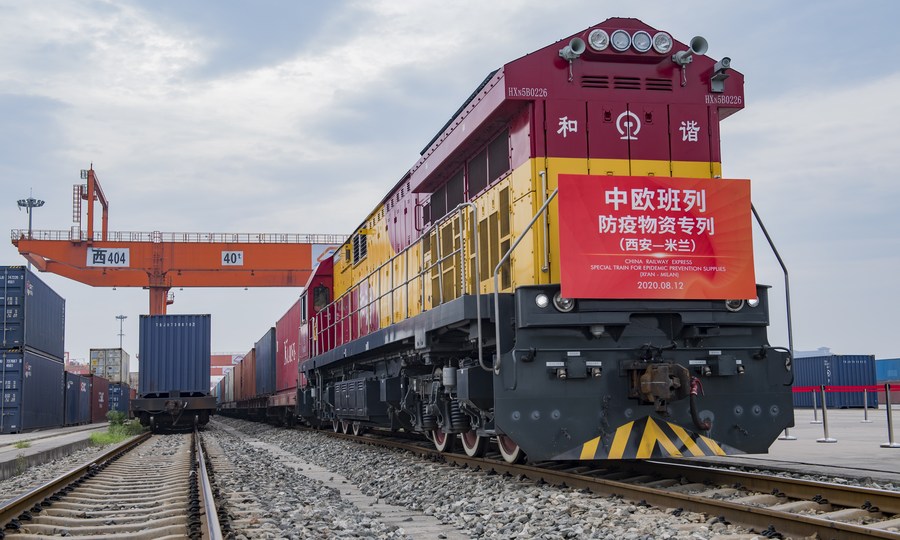Chinese Proposal, Global Echoes

Common development is a long-standing desire of humanity. The BRI aims to make it a reality through its pursuit of high-quality supply chains, resilient development and comprehensive consultations.
The development philosophy of the Belt and Road Initiative (BRI), one of President Xi Jinping’s signature projects, has reverberated across the international community following its splendid achievements benefiting people across its participating countries.
Over the past eight years, regions across China have opened wider to the world through the initiative, and win-win cooperation has been achieved between China and participating countries, Xi said at a symposium on the initiative on November 19.
Xi also warned of the increasingly complex international environment for the development of the initiative, enumerating factors such as the fierce competition caused by a new round of sci-tech revolution and industrial transformation, as well as the impacts on human community made by climate change, COVID-19 and other global challenges.
From 2013 to 2020, China’s trade with its Belt and Road partners exceeded $9.2 trillion, and direct investment by Chinese enterprises in these nations totaled $136 billion.
A World Bank report focusing on 71 economies along the Belt and Road corridor noted that the initiative’s related projects could help lift 7.6 million people out of extreme poverty and 32 million people out of moderate poverty worldwide.
The figures released by the World Bank further demonstrate the full confidence in the BRI that is pushing forward the agenda of fair and transparent development across various countries, all the while meeting local needs for infrastructure construction.
This type of productive and results-oriented cooperation has attracted the attention of the international community, eager to partner up with China as a means to ensure reliable and secure investment based on a sustainable financial model.

The BRI has emerged as a tool consistently focusing on strengthening connectivity between various regions and countries in order to maintain the flow of trade. It has broadened multilateral cooperation and globalization amid waves of protectionism submerging the international political stage by establishing an effective network of communication and understanding.
The initiative has invigorated cooperation between China and various participating countries from top to bottom, and from smooth working relations on the governmental level to pleasant business and public exchanges.
Common development is a long-standing desire of humanity. The BRI aims to make it a reality through its pursuit of high-quality supply chains, resilient development and comprehensive consultations.
A sci-tech revolution, along with industrial development in the era of artificial intelligence and economic integration, has digitized trade and commerce, removing the traditional loopholes in the flow of imports and exports.
Innovative and sustainable growth has become the most highlighted indicator under the BRI, driving a people-centered philosophy by helping low-income countries address their economic development and debt issues. By taking into account the financial sustainability of participating nations, as well as pressing global challenges, China has emerged as an engine for worldwide economic growth.
At the recent symposium, President Xi underlined the importance of cooperation in health, green development, digital industry and innovation. He said China will continue to engage in international cooperation of COVID-19 response, support other developing countries in green and low-carbon energy development, advance the Silk Road e-commerce initiative, and nurture an open, fair, equitable and nondiscriminatory environment for sci-tech progress.
The BRI is recognized as a public good provided by China to the international community. It has not only fueled progress in China’s opening up, which will continue in the coming decades in spite of foreseeable interruptions, but is also taking all participating countries on a journey to shared prosperity.
The author is a correspondent for Independent News Pakistan and a media fellow with the China South Asia and South East Asia Press Center.
 Facebook
Facebook
 Twitter
Twitter
 Linkedin
Linkedin
 Google +
Google +










